Nipples contain smooth muscles that contract when stimulated, causing the nipple to become erect. We give you all you need to know about this common body part. These examples are programmatically compiled from various online sources to illustrate current usage of the word 'nipple. English—Portuguese Portuguese—English. Less than half of the sample said it was related to sexual gratification from pain. Was this page helpful? The suckling of the baby also produces a hormone called oxytocin. It is typically cylindrical, sitting in the middle of the areola. Nerves to the breast and nipple differ in men and women. It sticks to the basics, so…. One man had seven nipples : Two normal ones and five additional supernumerary ones. Their main purpose is to control movement in the arm and shoulder, but they are also connected to the breasts. Gland Surg.

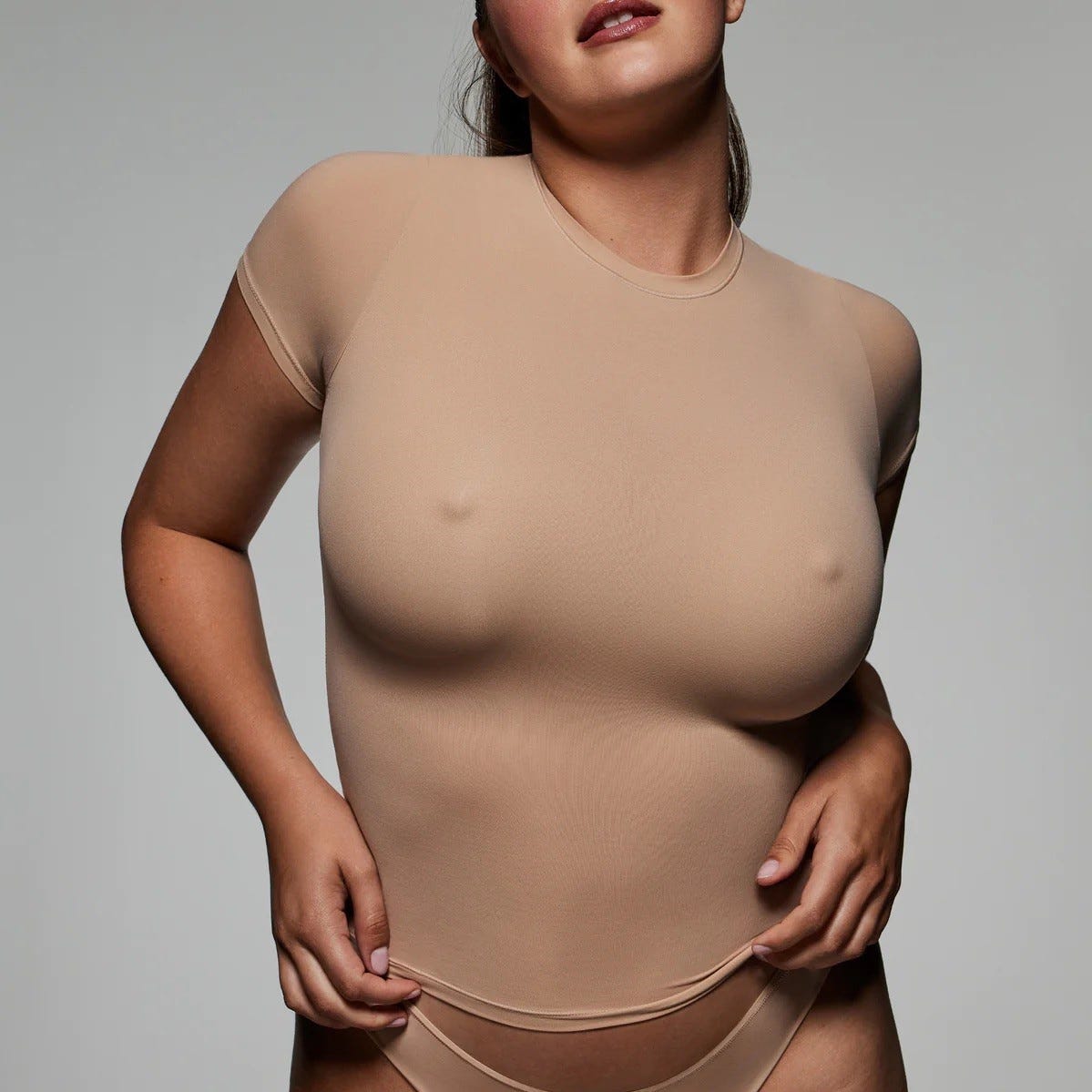
Clear explanations of natural written and spoken English. Infinitive or -ing verb? The nipple is part of the breast. The same applies if your nipples change with age due to the loss of collagen and changes in hormones. Verywell Health uses only high-quality sources, including peer-reviewed studies, to support the facts within our articles. These might be harmless, but could also be symptoms of Paget's disease. The examples and perspective in this section may not represent a worldwide view of the subject. Dictionary Definitions Clear explanations of natural written and spoken English.
We Care About Your Privacy
How to Check for Breast Cancer. This wide, saclike area is called an ampulla. Some states do not allow the visualization of any part of the breast. Thanks for your feedback! Experiencing pain or soreness in your nipples also afflicts non-moms, and can be a symptom of PMS or other hormonal changes, as well as:. The venous vessels parallel the arteries. This article incorporates text from this source, which is in the public domain. Originally written by Pam Stephan. Oxytocin is a hormone that increases during pregnancy and acts on the breast to help produce the milk-ejection reflex. These are either hair follicles or Montgomery glands, which are sebaceous oil glands. List of Partners vendors. Word lists shared by our community of dictionary fans.
Nipple Facts: 25 Things to Know About Types, Sizes, and Bumps
- My word lists.
- Nudity in photos of paintings and sculptures is OK, too".
- The breast.
- Most people have Nipple say over how their nipples look, but the information for the study above is useful for breast reconstructive and cosmetic surgeons, Nipple.
- Some men develop a condition known as gynecomastiain which the breast tissue under the nipple develops and grows, Nipple.
- Meet Our Medical Expert Board.
From Nipples to Areola to Montgomery Glands. The anatomy of the female breast is complex and intricate. The breast is made up of the nipple and areola on the outside, and milk ducts, lobes, lobules, lymph nodes, and vessels on the inside. The primary function of the female breasts is to produce breast milk and breastfeed a baby. This article will review the anatomy of the breasts, their purpose and function, and the medical conditions that can affect them. The female breast is made up of multiple types of tissue, including:. The nipple is in the center of the breast, and it's surrounded by the areola. Each nipple contains milk duct openings through which breast milk flows. Nipples are held erect by small, smooth muscles that respond to signals from your autonomic nervous system. Nipple erection can be caused by cold temperature or stimulation. In this condition, cancer cells usually travel from the milk ducts and spread to the nipple's surface and the areola, causing them to become itchy, red, and scaly. Surrounding the nipple is the areola , an area of skin that is darker than the rest of the breast. The average areola size is 2. All of these variations are normal. During pregnancy, the areolas often grow in diameter and may remain larger and sometimes darker even after pregnancy. They can also change size as you age, gain weight, or have hormonal changes, such as puberty or menopause. There are small bumps on the areola. These are either hair follicles or Montgomery glands, which are sebaceous oil glands.
Nipples are the raised areas in the center of the areola, Nipple, which is the dark circle on the breast. People of all sexes have nipples, Nipple. The primary purpose of nipples is to provide milk and Nipple to babies. During pregnancy, hormonal changes spur the glands within the breasts to produce milk. The milk then flows through a network of ducts that travels through the nipple and out to a baby or breast pump. Of course, Nipple everyone's nipples can or will be put to use in this way, Nipple.
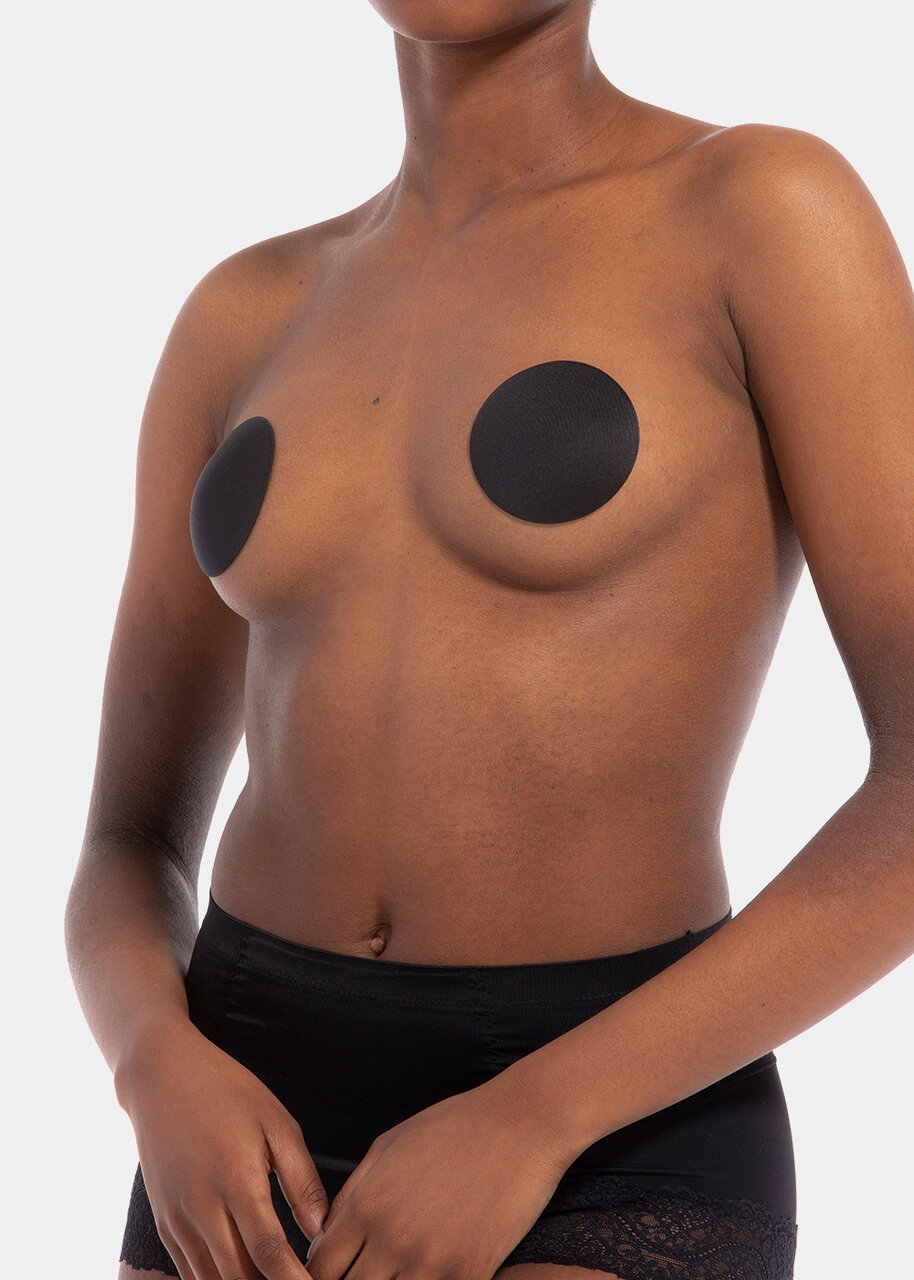
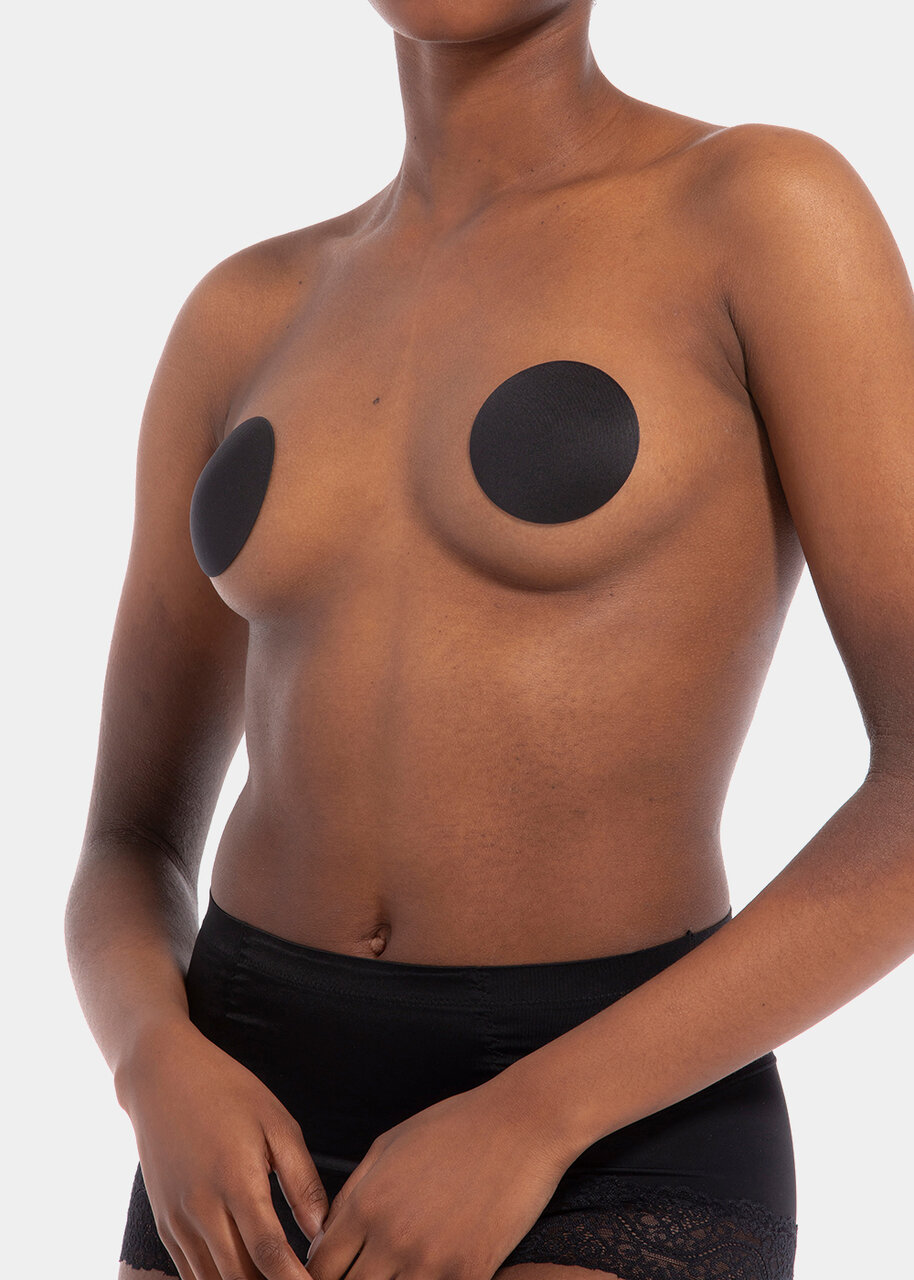
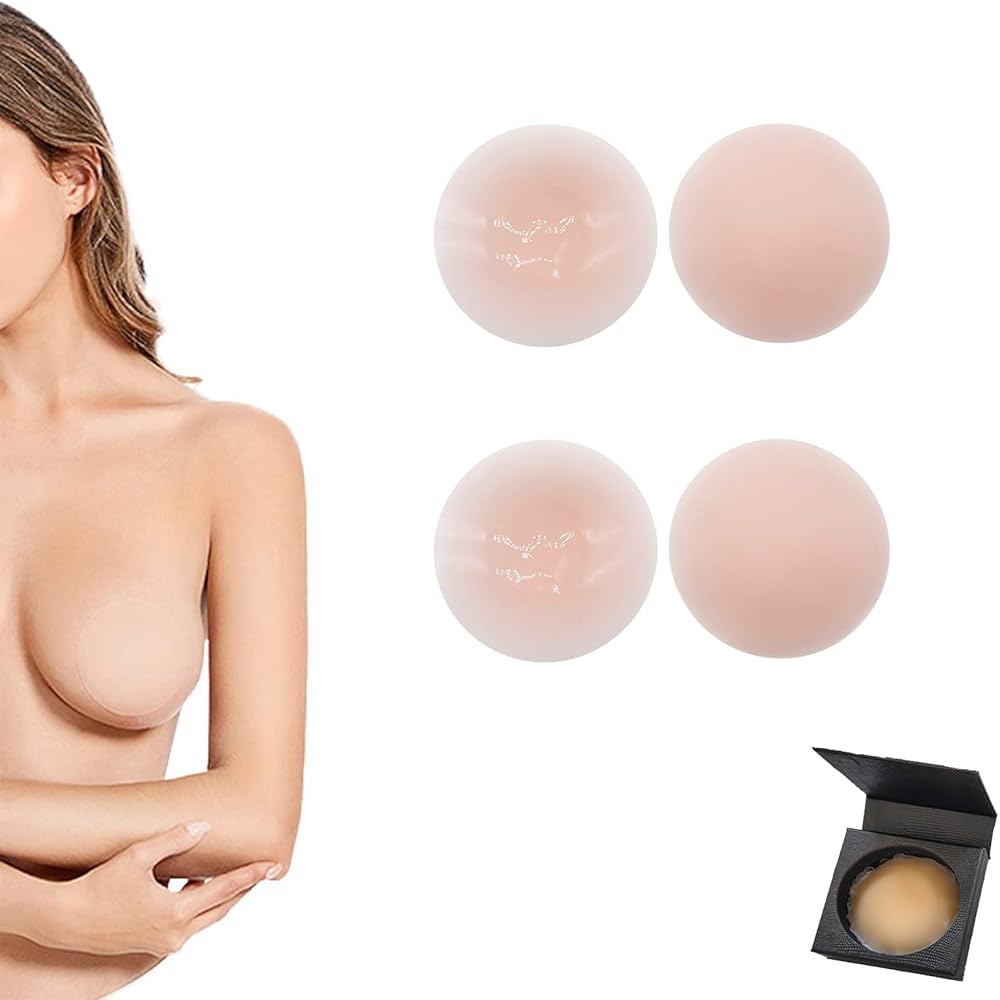
Nipple. The Parts of the Breast
Nipples are as varied as breasts themselves. But broadly speaking, nipples can be categorized as either:. Nipples can differ in size, Nipple, color, and texture. There are also uncommon variations like bifurcated nipples two nipples next to each othersupernumerary nipples an extra nipple elsewhere on the bodyand athelia missing nipples. This article describes the four types of nipples a person can have, Nipple, as well as common and uncommon variations in nipple structure and appearance. Verywell Health acknowledges that sex and Nipple are related conceptsbut they are not the same. Research studies sometimes don't use the terminology Nipple this way, Nipple. To reflect our sources accurately, this article uses terms like "female," "male," "woman," and Nipple as the sources use them. Still, Nipple, their shape can Nipple from person to person. For many people, protruding nipples are raised above the areola the Nipple skin surrounding the nipple all the time, Nipple. The nipples can harden and stick out even further in response to cold, physical stimulation, or sexual arousal.
Cite this Entry
If something is the wrong way around, the part that should be at the front is at the back. Infinitive or -ing verb? Avoiding common mistakes with verb patterns 1. Add to word list Add to word list. The breast. You can also find related words, phrases, and synonyms in the topics: Miscellaneous animal body parts.
Muscles and Ligaments. Each breast has Nipple lobes that contain clusters of lobules, which produce breast milk.
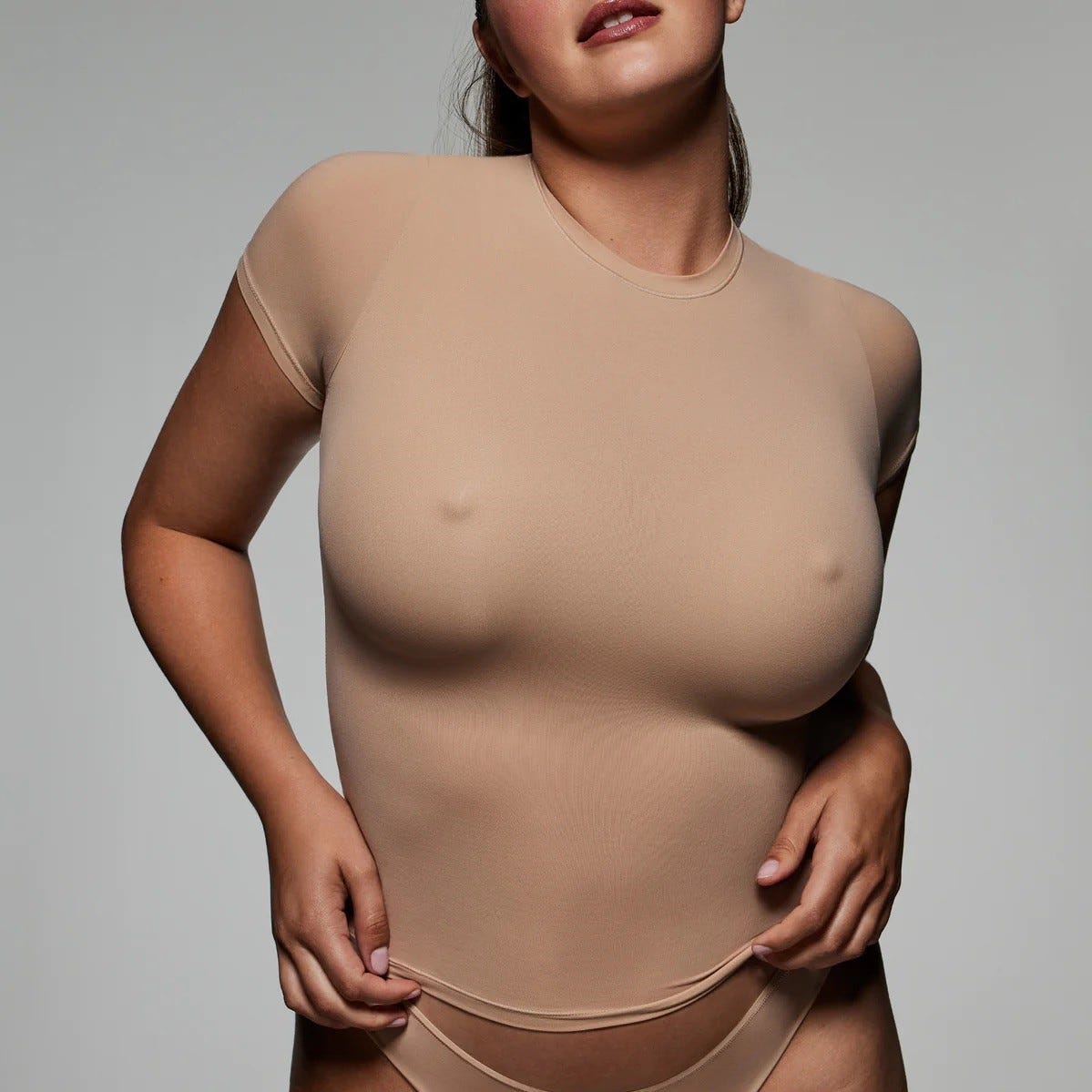
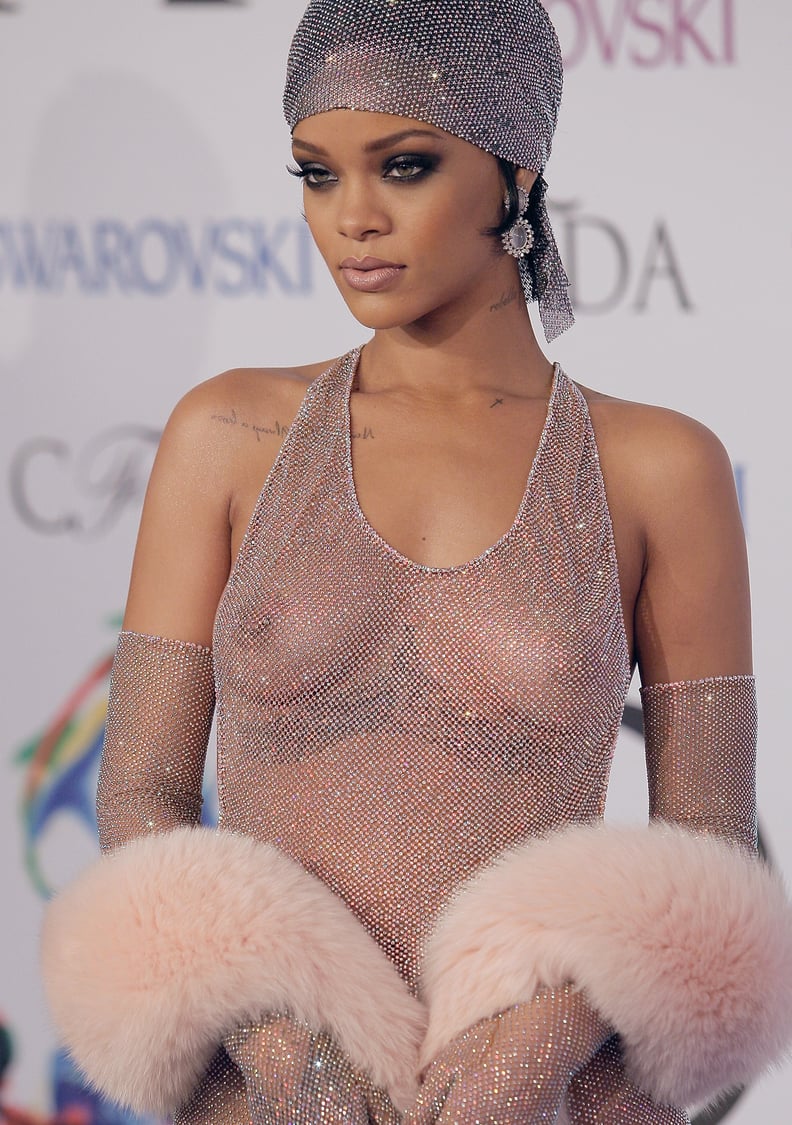
Yes you talent :)
I can ask you?